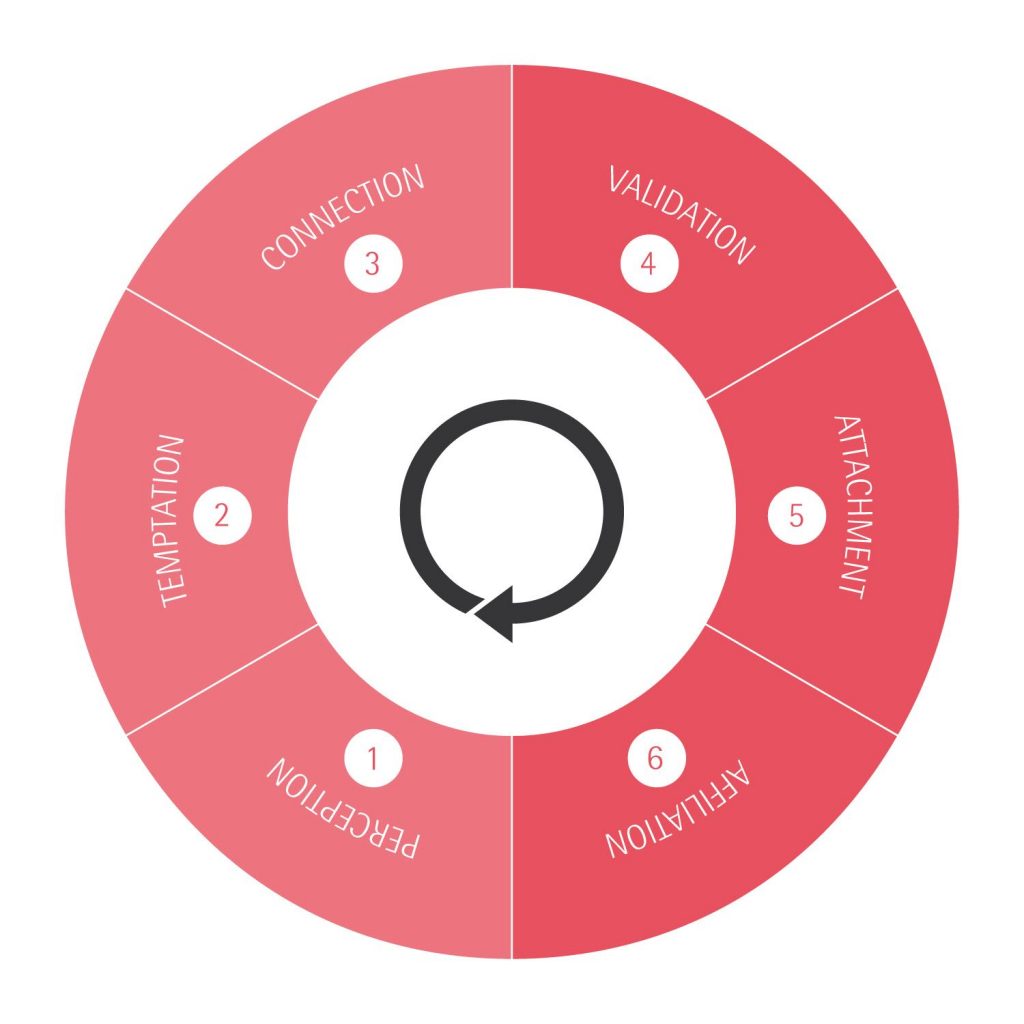A Common Recipe For Building Trust In Zero-To-One Venture Ideas. How to convince people of what has never been done before – and why startups in Asia must think bigger?
Let us be honest – the world still looks to Silicon Valley for the next tech startup bringing us another breakthrough product or service to change the lives of millions forever.
The ‘Valley clearly has a monopoly on giving birth to many of the world’s most valuable technology companies.
These ‘zero-to-one’ ventures are supported by a community of investors who know that the most valuable companies do more than copy/paste what has worked elsewhere.
Our entrepreneurship community in Singapore is thriving, and we should also focus more on transformational innovation.
Singapore already provides world-class infrastructure for startups and a vibrant startup scene, but there is no escaping that innovation must at some point involve doing something genuinely new.
Singapore has exceptional foundations to do just that, and more ventures of this kind would further increase our global influence. We are effectively a ‘unicorn country’ that rapidly transformed into a preeminent nation.
What lessons can we learn from our history to become the launchpad for Asia’s most transformational startups in years to come? Availability of risk capital is one part of the equation, and we have a good amount of it.
While this shift is underway, it remains challenging to pitch and fund a truly transformational idea. Specifically, it requires others to trust our vision. My upcoming book is about just that – building the trust you need in order to innovate, in six simple stages.
Using this well-researched trust model, here is an effective sequence for how to pitch zero-to-one ideas the right way:
Present the right version of yourself : Stage 1, Reputation
Often it is not who you are, but how you tell your story that matters.
We are different things to different people, and is associated with the right people in the right capacities makes a huge difference.
Create a hook: Stage 2, Temptation
Before you can expect interest in your pitch, you must activate your audience. We are familiar with this process when using technology (i.e. you do not expect your car to move before you turn on the engine) but strangely seem to overlook this with people. You can do this in several ways, e.g. by talking about an everyday task or object in a new way, or with surprising insight.
Another great way to do this is by creating suspense – a simple example would be: ‘Last Friday I had an experience that completely changed my life’. The more relevant your prompt and the more curiosity it arouses, the better it will activate your audience.
Tell a great story : Stage 3, Connection
Humans are wired to connect with stories, and history has been passed on and influenced with the power of stories for thousands of years. Observe the traditional storytelling format – a likeable hero (your target user) who faces an insurmountable challenge (your problem statement) and suddenly encounters a perfect solution (your idea). You are doing it right if your audience physically reacts to your story, i.e. changes their body language as you narrate (think of the last time you went to the movies).
Throw in a supporting fact or two: Stage 4, Validation
If your audience has entertained you for this long, it is time to reward them with a fact that affirms their positive impression of you. Make sure you have hard evidence that your problem is real and worth solving, and/or experimental results that demonstrate people’s inclination to your idea. The best possible validation is pre-orders for your product or service, which you can collect in online or offline ways. Nothing makes for a better business case!
Give people more of what they like: Stage 5, Attachment
Say you have sold your audience on the content of your pitch. Now, it is tempting to go directly to the ‘ask’ – investment, resources, etc. A better way to continue from here is to repeat stages 1 to 4 in a summary of your pitch that takes your audience through the same sequence again in a much faster rhythm.
Finish off your pitch by removing the distinction between you and them. By now, your audience should be so convinced that they want to associate with you.
Speak about how ‘we’ can have an impact, and what ‘we’ can do together. Then, go for your ‘ask’. By now, your audience will see you as part of them, and asking for funding will no longer be viewed as a one-sided request.
Instead, your value in the partnership has already been firmly established, and now the investment is framed as their contribution to a collective effort. The key is to help your audience imagine that you are already a team, before asking for any contribution – a small but essential difference.
Feel free to use this in your next pitch, and I wish you all the very best to make your ideas succeed.
Source: e27











